A multicentre, clinical evaluation of a hydro-responsive wound dressing: the Glasgow experience
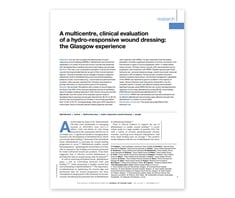
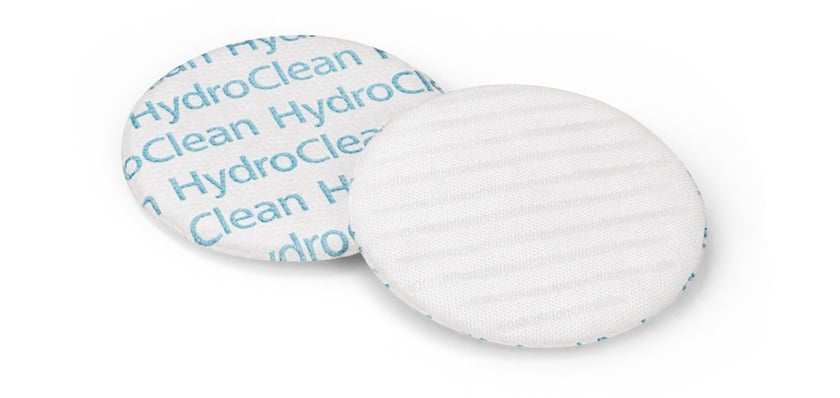
Clinical evaluation shows HydroClean® Advance provides rapid debridement with a reduction in patient pain during wear time. [2,4]
HydroClean® Advance can be used on most acute and chronic wounds, including the following but not limited to; pressure ulcers, venous (VLUs) and arterial leg ulcers (ALUs), diabetic foot ulcers (DFUs), acute wounds, surgical wounds, burns, donor sites, malignant wounds, traumatic wounds, abrasions, or fungating wounds.
Our HydroClean® Advance mini, 3cm round dressing, is perfect for small and cavity wounds such as venous leg ulcers, diabetic foot ulcers (DFUs) on toes, at the metatarsal and ankle, other small or cavity wounds where clinically appropriate.
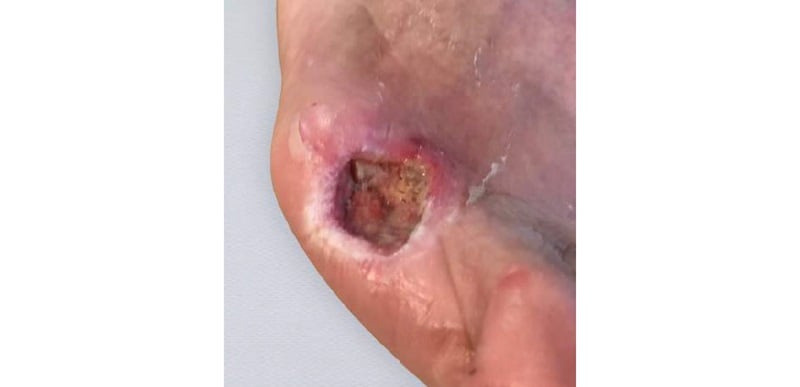
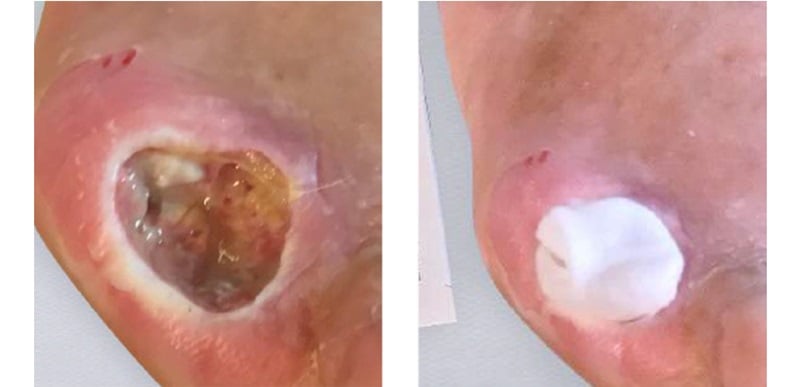
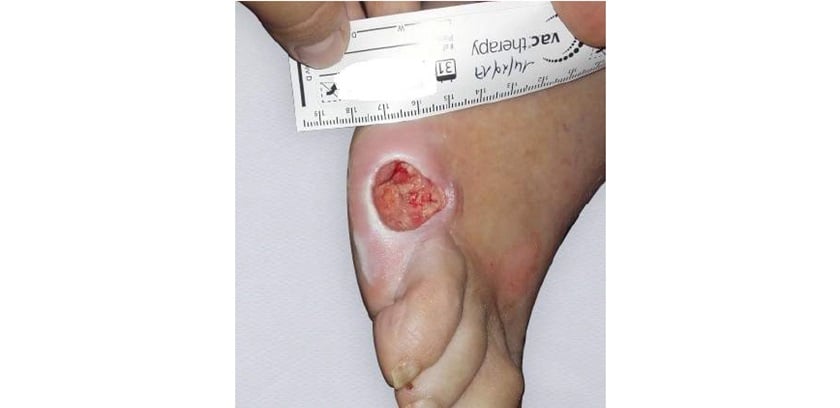
Facilitates autolytic debridement
Up to 69% of necrosis and devitalised tissue removed within 14 days compared to baseline [1].
Pain relief for your patients
More than 3 in 4 patients experienced no pain during wear time [1]. Additionally, out of the remaining patients who did experience pain, nearly 50% of those patients reported a significant improvement and pain reduction [1] throughout treatment with HydroClean® Advance.
Exudate management
92% of clinicians rated HydroClean® Advance as good or excellent at managing exudate [1].
Cost effective
Approximate cost savings against other debridement wound dressings:
21% potential saving verses honey [1]
98% potential saving verses larval [1]
30% potential saving verses mechanical debridement [1]
93,5% potential saving verses standard treatment including amputation [6]
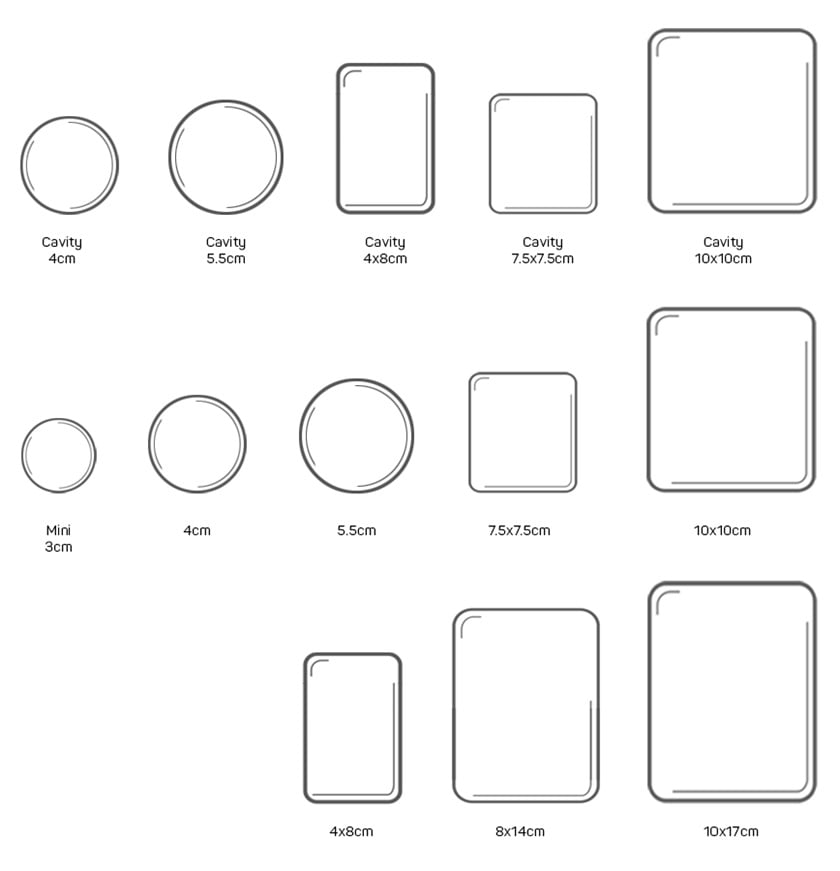
References
[1] Hodgson, H. et al. (2017). A multicentre, clinical evaluation of a hydro-responsive wound dressing: the Glasgow experience. Journal of Wound Care 26(11), pp. 643-650. [2] Atkin, L. and Ousey, K. (2016). Wound bed preparation: A novel approach using HydroTherapy. British Journal of Community Nursing 21 (Supplt. 12), pp. S23-S28. [3] Ousey, K. et al.(2016). HydroTherapy Made Easy. Wounds UK 12(4). [4] Colegrave, M. et al. (2016). The effect of Ringer’s solution within a dressing to elicit pain relief. Journal of Wound Care 25(4), pp. 184-190. [5] Humbert, P. et al. (2014). Protease-modulating polyacrylate based hydrogel stimulates wound bed preparation in venous leg ulcers – a randomized controlled trial. Journal of the European Academy of Dermatology and Venereology 28(12),pp. 1742-1750. [5] Kaspar, D. et al. (2008). Effi cacité clinique du pansement irrigo-absorbant HydroClean® active contenant du polyacrylate superabsorbant dans le traitement des plaies chroniques – étude observationnelle conduite sur 221 patients. Journal des Plaies et Cicatrisations 13(63), pp. 21-24. [6] Cooke, M. et al. (2017). Enabling wound healing and preventing limb amputation: a cost–benefit case study of Hydro-Responsive Wound Dressings. Journal of Wound Care 13(4), pp. 80-91. [7] Davies L. et al. (2017). An Assessment of Biofilm Disruption and Bacteriostatic Capabilities of an Autolytic Debridement Dressing. Wounds UK Annual Conference. Harrogate, 13-15 November, 2017